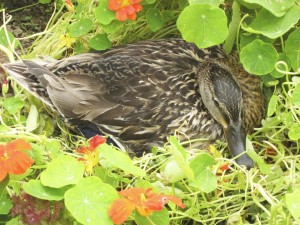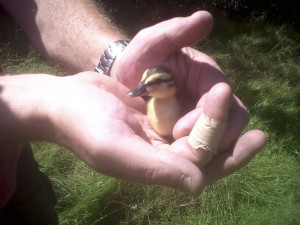 Harvest time
Harvest time
This is the time we had all been waiting for during the challenging rain-sodden months of our so-called summer. At last, days of struggle against wind, mud and an army of hungry slugs and snails – which at times seemed an unequal struggle – have been rewarded.
In their second season, our eighteen plots have again been highly productive, thoroughly living up to our best expectations, despite some inevitable failures in certain crops. There is now an abundance of fresh produce: beetroot, courgettes, potatoes, runner beans and a host of other crops. At times, the sheer quantity threatens to overwhelm us, prompting an intense search for a home for surplus produce. Many solutions are available, including sharing our bounty with neighbours, freezing or turning vegetables into chutneys etc. I know of a very worthwhile recipe for courgette cake for those who are at their wits end to find outlets for the never-ending flow of these tasty fruits!
From the start, we aimed to maintain our site as a beautiful, well-ordered and inspiring place, in addition to its core function in providing us with delicious fresh food. At present, any visitor or spectator from the top-deck of the number 12 bus cannot fail to notice a rich palette of colour from the variety of flowers which are freely intermingled with our vegetables. Closer inspection will  reveal an array of cornflowers, dahlias, marigolds, nasturtiums and sweet peas. In addition, crops such as runner beans are also highly decorative in their own right. Amid this riot of colour, mornings in the few sunny days of early August, with the quiet only broken by the buzzing of bees, reveals our site as a truly magical place. The presence of our site in a truly rural setting was brought home to us by the discovery that a mallard duck had established a nest in one of the plots and had successfully raised a brood of four ducklings. Everything ended happily with the flight of the whole family to a nearby pond.
reveal an array of cornflowers, dahlias, marigolds, nasturtiums and sweet peas. In addition, crops such as runner beans are also highly decorative in their own right. Amid this riot of colour, mornings in the few sunny days of early August, with the quiet only broken by the buzzing of bees, reveals our site as a truly magical place. The presence of our site in a truly rural setting was brought home to us by the discovery that a mallard duck had established a nest in one of the plots and had successfully raised a brood of four ducklings. Everything ended happily with the flight of the whole family to a nearby pond.
Blessed with such a peaceful place, many allotment holders have succumbed to the temptation to spend a few restful moments here. Note the number of deckchairs which are plucked from our sheds during rare sunny days. The allotments have spawned a real community, binding together many villagers who may not have known each other previously in a common purpose. The ethos of allotments is very much one of mutual help, co-operation and real friendship. To this end, regular social gatherings in the Red Lion are proving to be a real hit.
Sharing ideas and experimentation is very much part of the scene. Whilst our first season last year was focused on getting our plots on a sound footing (manure and deep rotovation by the ‘Cabbage Patch Man’!) our second season has seen some more adventurous moves. Aside from the standard list of vegetables, a host of more unusual crops are now being grown. Herbs such as borage, coriander and dill may not seem so exotic, but how many people have heard of asparagus peas, cardoons, kohl rabi and salsify? To this list can be added aubergines, kiwi fruit, sweet potatoes – all potential beneficiaries of our supposedly warming climate.
Late summer and the approach of autumn provides an excellent time to take stock, to reflect on our successes and failures, and to plan ahead for the next season. Like farms, allotments have something of the character of perpetual motion machines. Some people may regard the autumn as the melancholy prelude to winter, but in reality it is the start of a new year. The past two years have taught us much about our plots and of how various crops adapt to our soil. Roll on the next season!
John Hatherly
Biddenden Allotments Association